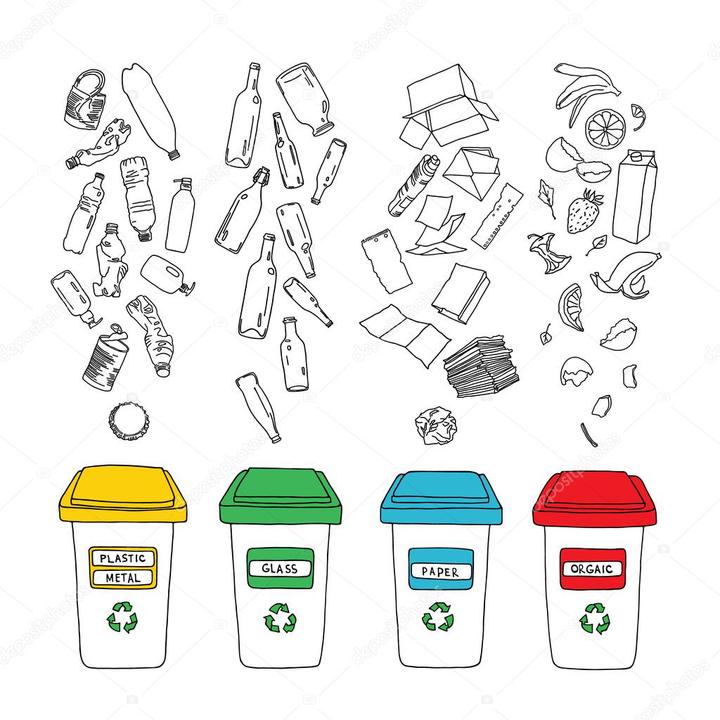Understanding waste sorting behavior and key influencing factors through internet of things: Evidence from college student community
 Image credit: Wiki
Image credit: Wiki
Abstract
Understanding the intention and behavior of individual is crucial to the effective implementation of waste sorting. Previous scholars mainly studied it through questionnaire research. This approach has a limited sample size, and the real behavior is difficult to quantify. In this paper, 180,417 drop-off data from 13,047 college students in the backend of Internet of Things (IoT) bins are analyzed in conjunction with 320 questionnaires. Technology Acceptance Model (TAM), Theory of Planned Behavior (TPB) and Norm Activation Model (NAM) are used together to analyze college students' waste sorting behavior. The results are as follows: (1) College students sort 0.426 kg recyclable waste per (person·week) in the investigated community, and the drop-off frequency of pre-class and mealtime is 46% higher than usual. (2) Due to the pressure of subjective norms, 75% of respondents reported a 220% higher frequency of 3–8 occasions per week than the actual situation. (3) The current incentive level (1 kg recyclables can exchange for a reward equivalent to 9 cents) cannot significantly regulate the relationship between waste sorting intention and behavior. (4) IoT and questionnaire data show that perceived ease of use could directly promote waste sorting intention and behavior. The findings provide a scientific basis for effectively improving the waste sorting behavior of the public.